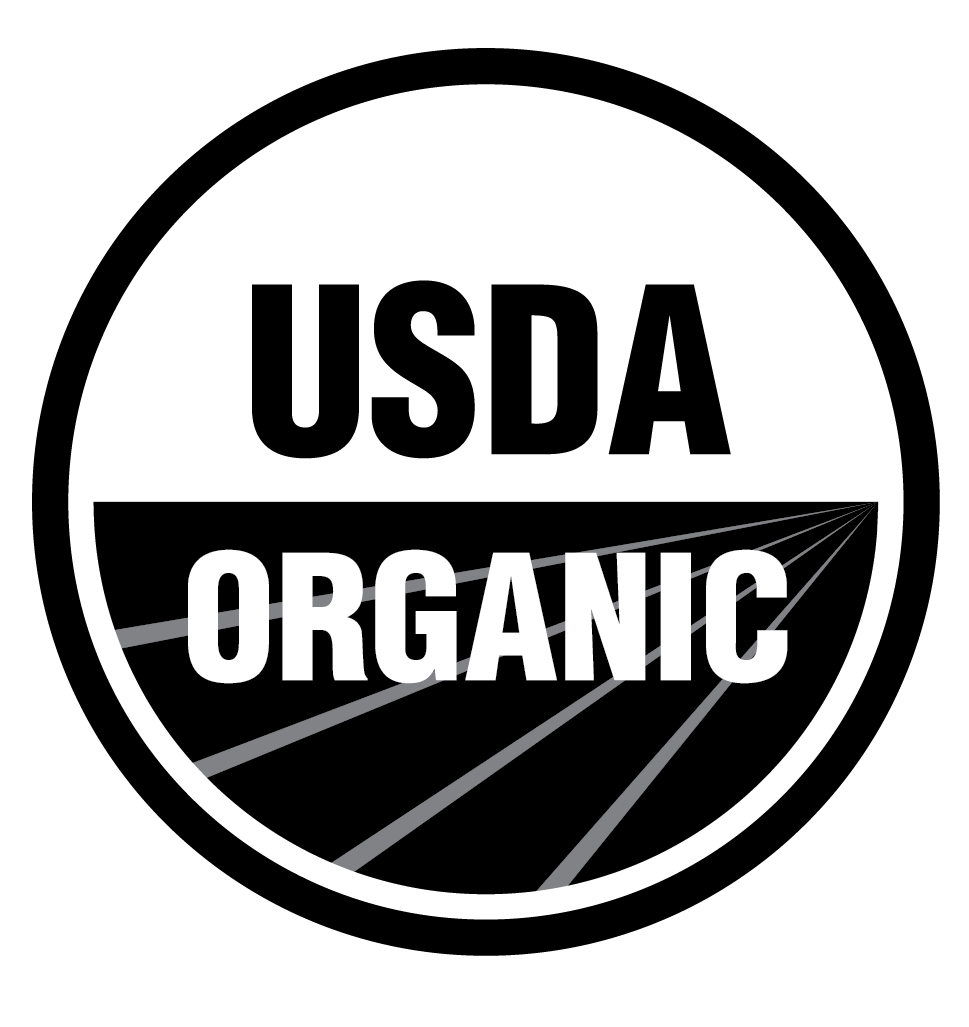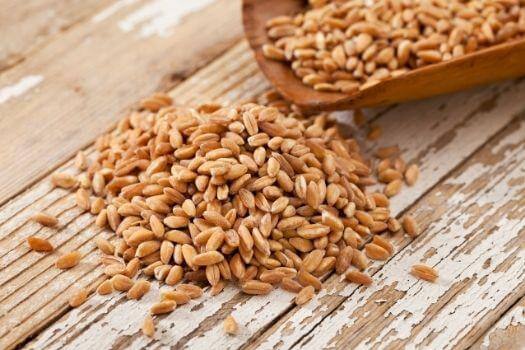
February 15, 2022 2 min read
Farro is one of the oldest ancestors of other wheat species. It is believed to have originated in the Middle East and was found in the tombs of Egyptian kings. In Rome, farro was a staple food that yielded
the main source of nourishment and was even used as a form of currency. Farro is still grown in Italy and
is widely featured in many traditional Italian dishes.
Being a traditional Italian favorite, farro has recently gained popularity in not only other European
nations but also in North America for its roasted, nutty flavor and distinct chewy texture.
Nutrition Profile
Farro is a very good source of fiber, iron, and protein. It yields a greater fiber and protein content than
common wheat and is especially rich in vitamins B and magnesium. Being an ancient grain, farro has not
been altered genetically and offers better nutritional value than its modern-day wheat varieties and
when compared to modern varieties of wheat ancient grains like farro are typically lower in gluten.
However, even though it is a low fat, high protein food, farro still has some gluten content so is not
suitable for celiac patients or others with gluten intolerances.

Varieties
Farro comes in three grades; long, medium and cracked. Experts recommend purchasing farro in one of
its intact grades and cracking it yourself in a blender or coffee grinder for optimal freshness. It is
available in pearled and semi-pearled verities with the latter type yielding more fiber as well as keeping
the nutrient-dense bran intact.
However, while the tough husk of farro grains makes it more challenging to process than other
commercially produced grains, it also helps preserve the grains’ vital nutrients. The processed form of
farro still retains more nutritional value than most other grain varieties.
Cooking With Farro
When cooking farro, the pearled variety will take less preparation time than semi-pearled farro while
semi-pearled farro will cook faster than whole farro. When cooking whole farro, it is recommended to
cover farro grains up with boiling water and let soak overnight. Pearled and semi pearled varieties do not
need to be soaked and can be cooked by the boiling method. To prepare farro, combine the grains with water in a pot and bring to boil. Reduce heat, cover, and let
To prepare farro, combine the grains with water in a pot and bring to boil. Reduce heat, cover, and let
simmer for up to 40 minutes or until grains become tender, having absorbed all the liquid. Let cooked
farro stand in the covered pot for an extra ten minutes before serving to absorb any remaining
moisture.
When cooked, farro retains many of its wholesome nutrients and can be easily used in stews, casseroles,
risottos, and salads. Where needed, farro makes for an excellent substitute for brown rice and wheat
berries. It can be successfully used in meals like pilafs or as snacks in fritters and even used in baked
goods for an interesting texture and crunch.
Thanks for reading this Be Still Farms Blog article. To sign up for more news/articles and/or recipes, click here. For more about us, click here. To shop our certified organic products, click here.
Please comment and share and we look forward to serving you in the future!
Comments will be approved before showing up.
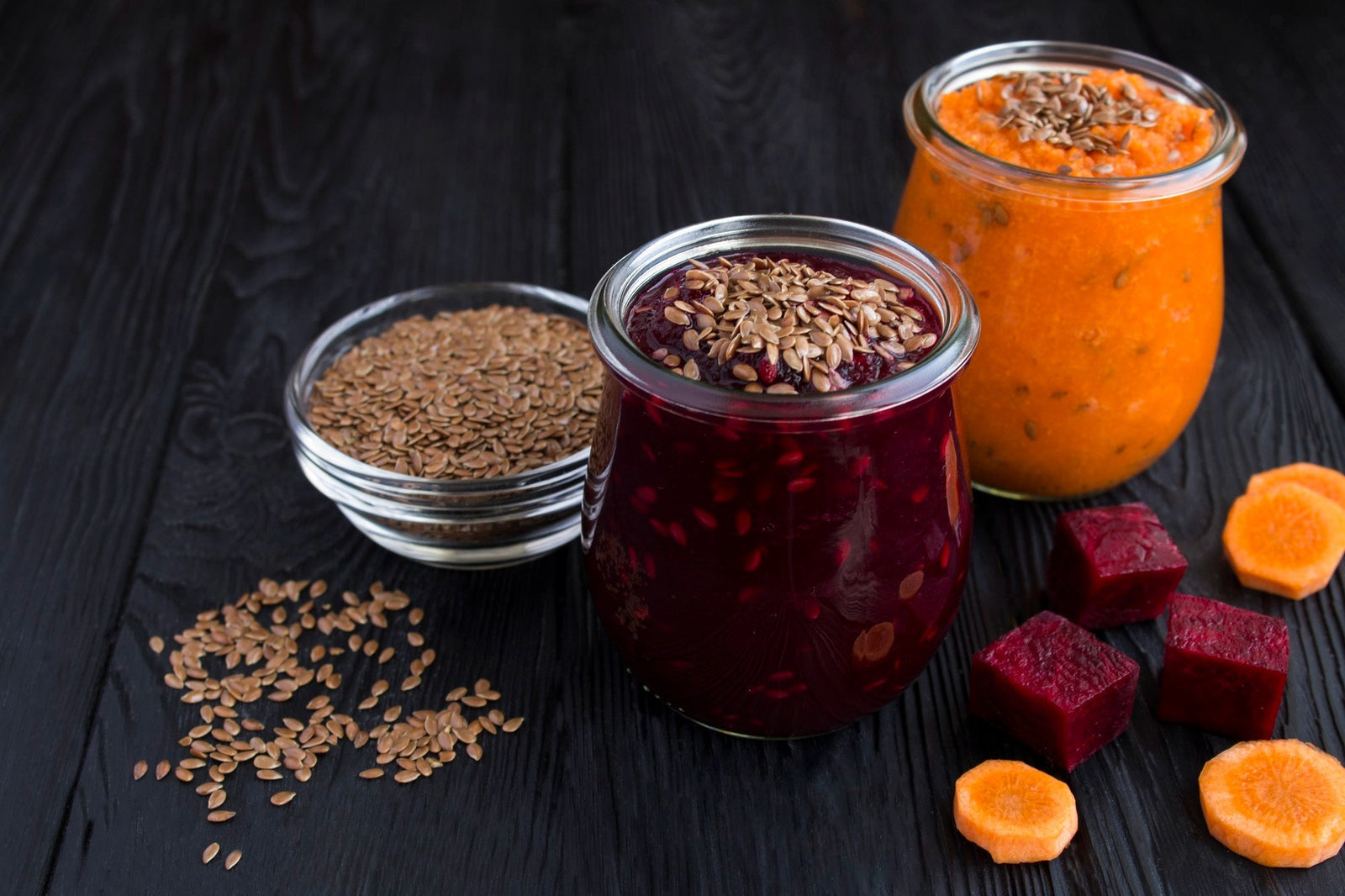
January 27, 2025 3 min read
Flaxseed, the tiny yet powerful superfood, is packed with nutrients that can support weight loss. From curbing hunger to stabilizing blood sugar, this guide dives into the science of how flaxseed can help you shed those extra pounds.
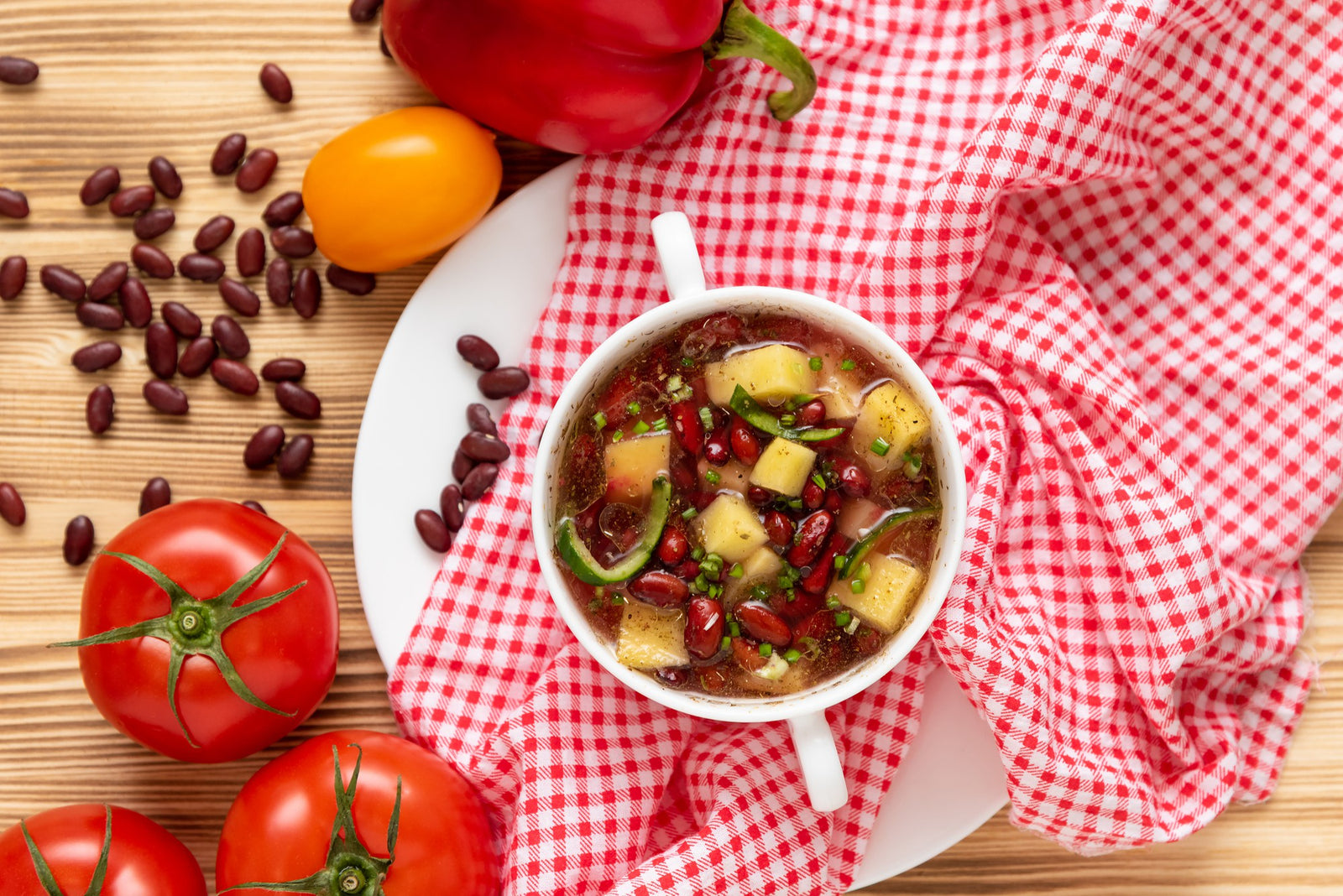
December 11, 2024 3 min read
Discover three quick and easy soup recipes featuring organic small red beans. From a classic vegetable soup to a creamy potato blend, these wholesome recipes are perfect for chilly days and busy weeknights. Packed with flavor and nutrition, these soups will warm your heart and soul this winter!
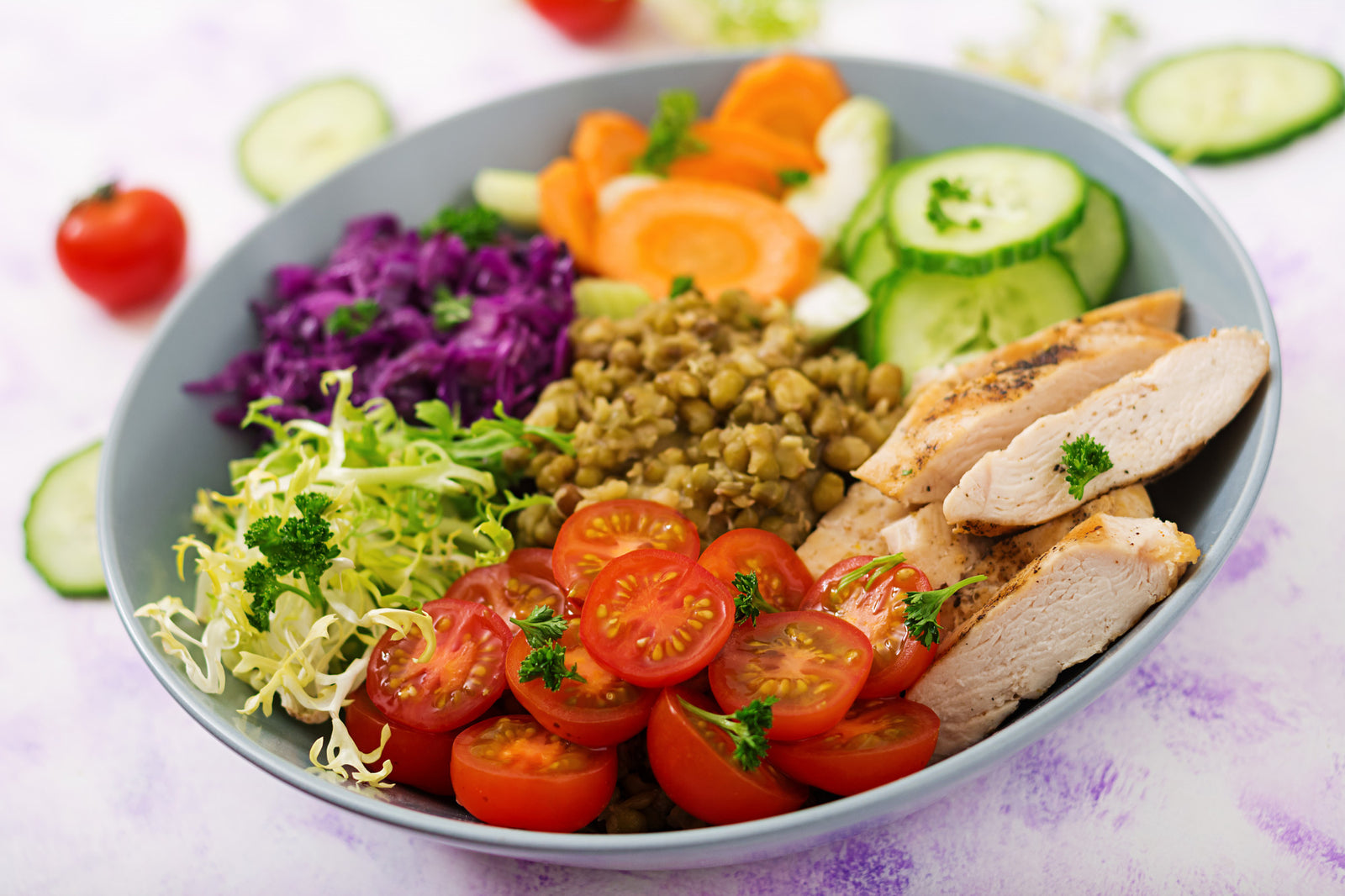
December 06, 2024 3 min read
This vibrant and nutritious Green Lentil Salad combines tender lentils with grilled chicken, fresh vegetables, and a zesty lemon dressing. Packed with protein, fiber, and essential vitamins, it’s the perfect healthy meal for any time of day.
© 2025 Be Still Farms- Real, Fine Organics.
Privacy | Terms | Refund Policy | Organic Certification
